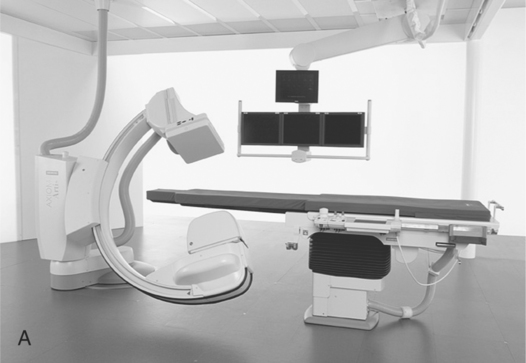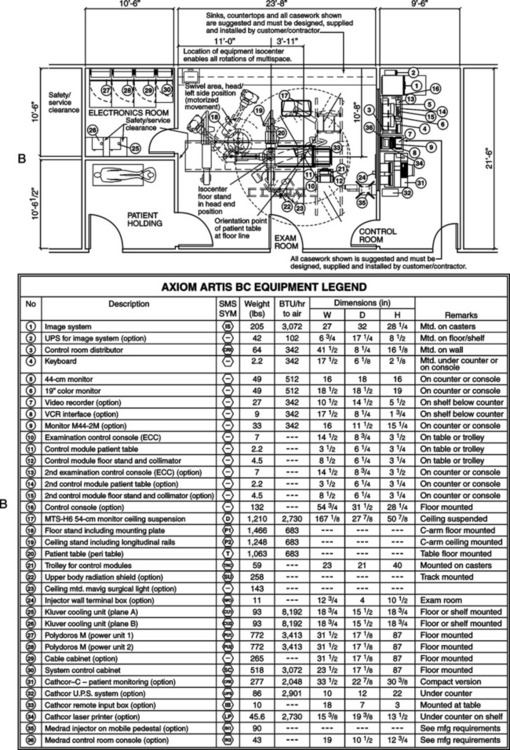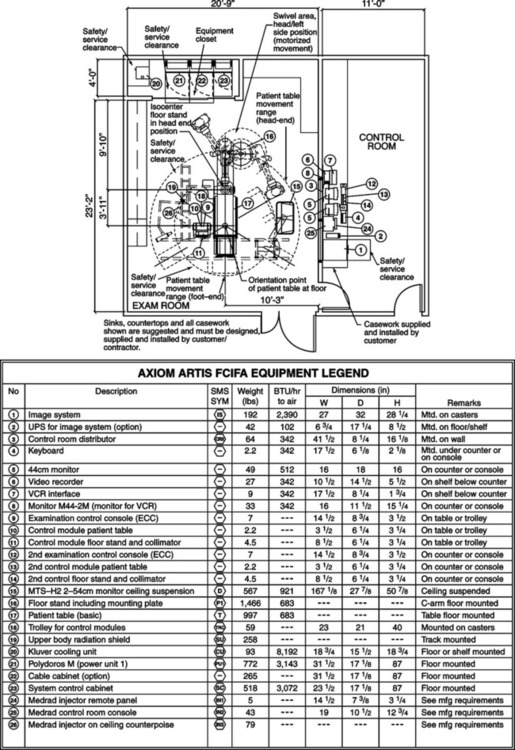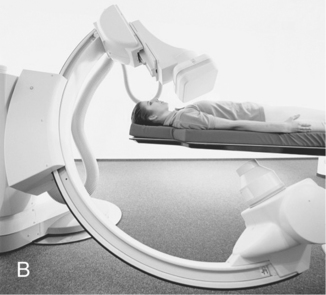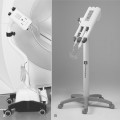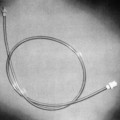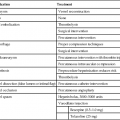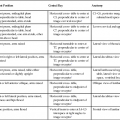CHAPTER 1 After completing this chapter, the reader will be able to perform the following: Interventional procedures are performed to treat the pathologic process. The American Registry of Radiologic Technology (AART) (www.ARRT.org) has segmented this specialty into those studies considered to be vascular interventions and those pertaining to the heart (cardiac interventions). Each of these subdivisions encompasses different techniques, equipment, and knowledge and can be considered as separate and distinct disciplines. If a large number of special procedures are done on an outpatient basis, dressing and waiting rooms should be provided adjacent to the suite for the comfort and convenience of the patient. A consultation area should also be provided to allow for the patient and the family to privately discuss the specifics of the procedure with the physician. Figures 1-1 and 1-2 illustrate some possible special procedure suite layouts for vascular and cardiac catheterization procedures.
Design Elements for Advanced Procedures
 Identify the differences between diagnostic and interventional procedures
Identify the differences between diagnostic and interventional procedures
 Define the principles of room design for advanced procedures and additional design considerations
Define the principles of room design for advanced procedures and additional design considerations
 List and describe the requirements for the x-ray generator and the x-ray tube
List and describe the requirements for the x-ray generator and the x-ray tube
 Define the concept of heat units and describe the effect of accumulated heat units during advanced procedures
Define the concept of heat units and describe the effect of accumulated heat units during advanced procedures
 Identify the formula for heat units
Identify the formula for heat units
 Identify the rectification constant factors that are applied to the heat units formula
Identify the rectification constant factors that are applied to the heat units formula
 Explain the line focus principle and its application in x-ray tube design
Explain the line focus principle and its application in x-ray tube design
DIAGNOSIS VERSUS TREATMENT
ADVANCED PROCEDURE ROOM AND SUITE DESIGN
Radiology Key
Fastest Radiology Insight Engine

